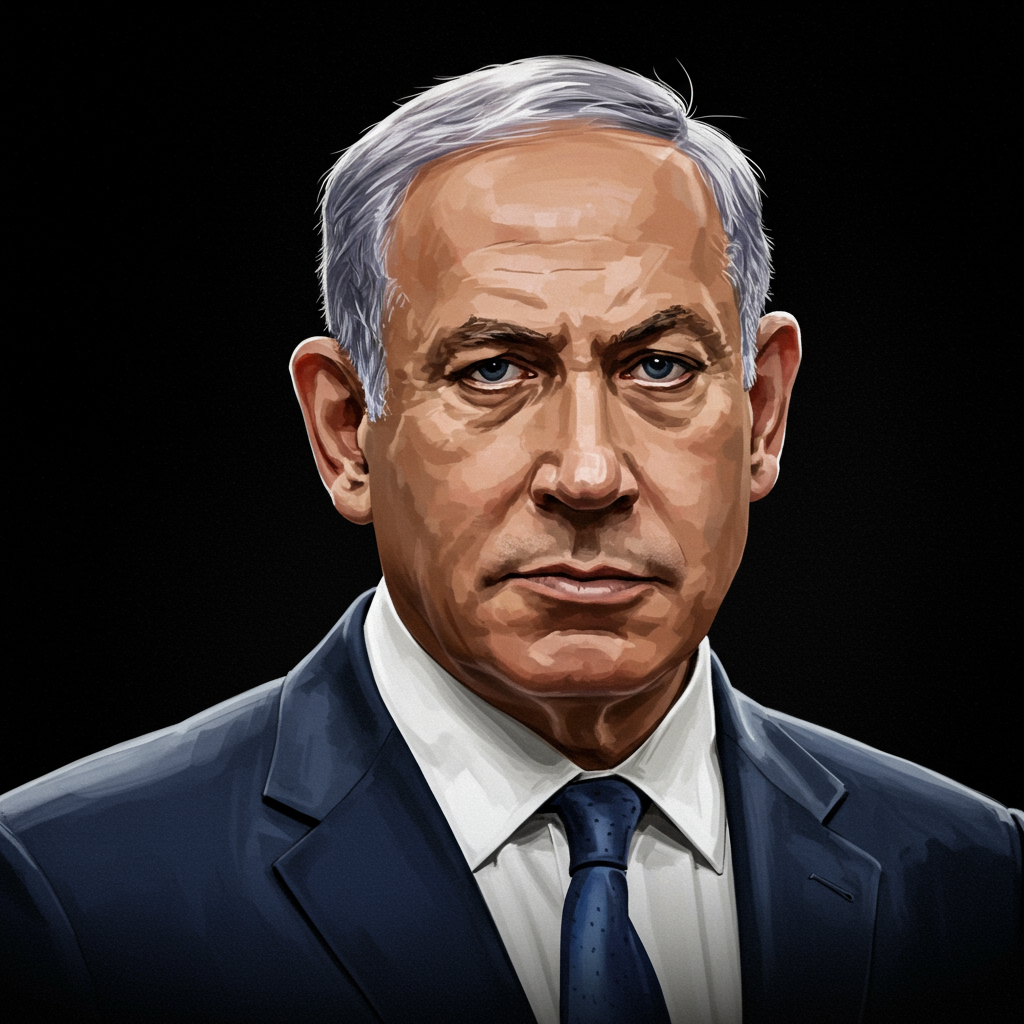US and China Formalize Trade Framework Focused on Critical Rare Earth Minerals
President Donald Trump has announced that the United States and China have signed a trade agreement, a significant step amid ongoing efforts to de-escalate the trade war between the world’s two largest economies. Speaking at the White House, Trump stated, “We just signed with China the other day,” though he initially offered few specifics.
However, White House officials quickly clarified that the signed agreement wasn’t a broad tariff reduction pact but rather an “additional understanding for a framework” designed to implement a previous agreement reached in Geneva. This framework centers specifically on expediting the shipment of rare earth minerals from China back to the United States.
A Deal Focused on Critical Supply Chains
According to Treasury Secretary Scott Bessent and Commerce Secretary Howard Lutnick, the agreement is intended to make it easier for American firms to access crucial rare earths and magnets from China. These materials are indispensable for key US industries, including manufacturing and the production of microchips, automotive components, aerospace parts, and military technology. Secretary Lutnick confirmed the deal was “signed and sealed” two days before the President’s announcement.
The focus on rare earths addresses a major point of tension in the trade dispute. Starting in April, China had imposed non-tariff countermeasures, suspending exports of critical minerals and magnets as retaliation against US tariffs. This move threatened global supply chains, prompting the US to respond with its own export controls on items like semiconductor design software and aircraft.
Under the new framework, China has agreed to review and approve applications for exporting these controlled items, including rare earths, in accordance with its laws. In reciprocity, the United States has committed to canceling “a series of restrictive measures” it had imposed on China. These US measures reportedly included suspensions of sales of critical technologies like jet engine components and semiconductors, and efforts to revoke visas for Chinese nationals at US universities.
Background: Truce and Negotiations
This agreement builds upon earlier discussions. Initial talks in Geneva in May led both nations to postpone significant planned tariff increases for 90 days, establishing a temporary trade truce. Later discussions in London set a framework for negotiations, and the deal now announced by Trump appears to formalize that framework.
China’s Ministry of Commerce confirmed details of the framework, stating that teams from both sides “further confirmed the details” and that China would review eligible export applications according to legal requirements. While China’s public statement mentioned “controlled items,” it did not explicitly name rare earths, a detail noted by US officials. Analysts observe that by retaining the legal review process, China maintains flexibility and potential leverage over the speed of approvals, characteristic of its negotiation style.
Broader Economic Context and Future Outlook
The de-escalation on rare earths comes amidst economic headwinds impacting both countries. Recent data showed the US economy contracted at a 0.5% annual rate in the first quarter, partly attributed to businesses stockpiling imports ahead of potential tariffs. The US trade deficit in goods also widened significantly in May. Meanwhile, China’s factory profits saw a decline.
While this agreement addresses a critical bottleneck, it doesn’t resolve all trade tensions. Some higher tariffs remain in place. However, the deal signals a willingness to find targeted solutions. Looking ahead, US officials have hinted that the 90-day tariff pause might be extended as they work towards further agreements. President Trump also teased the prospect of a “very big” trade deal with India, suggesting a pattern of seeking individual trade agreements with key partners to “open up” markets and stabilize supply chains.


